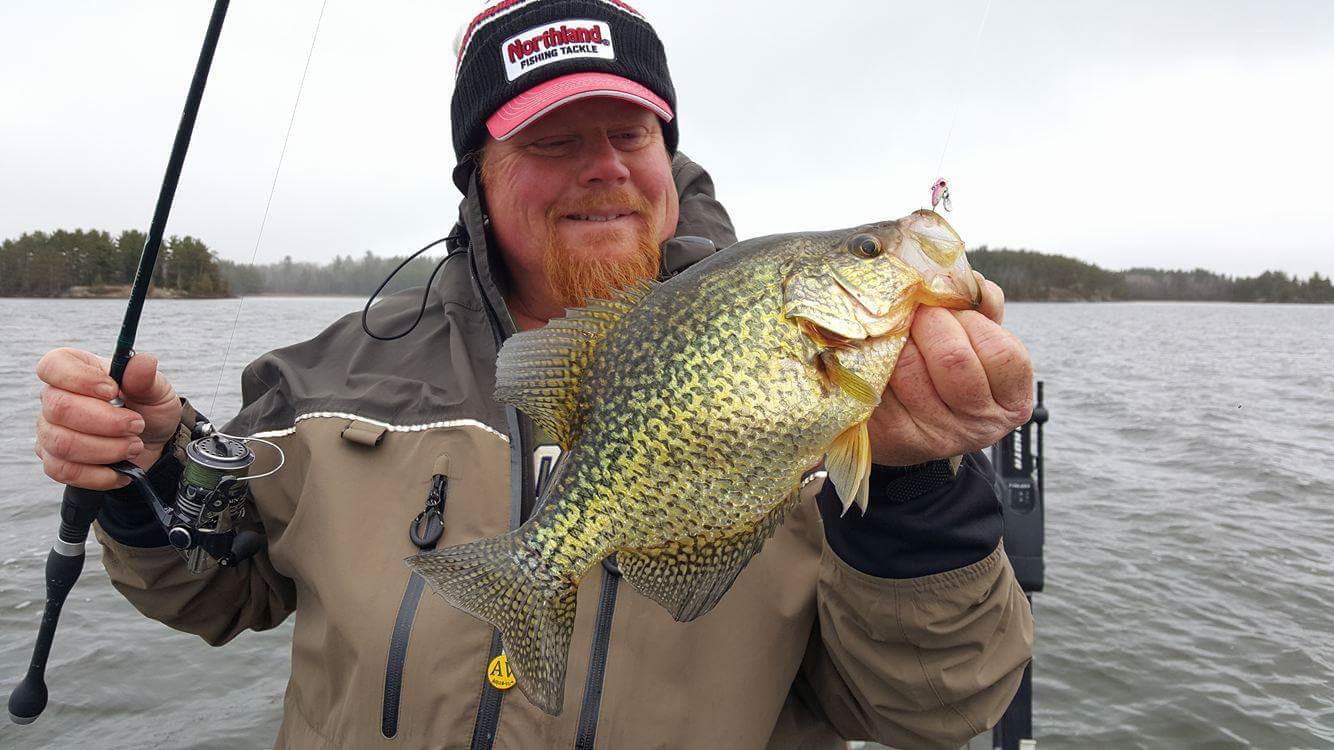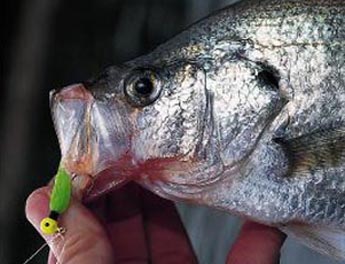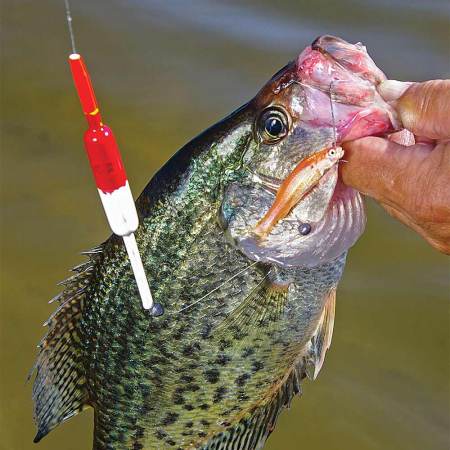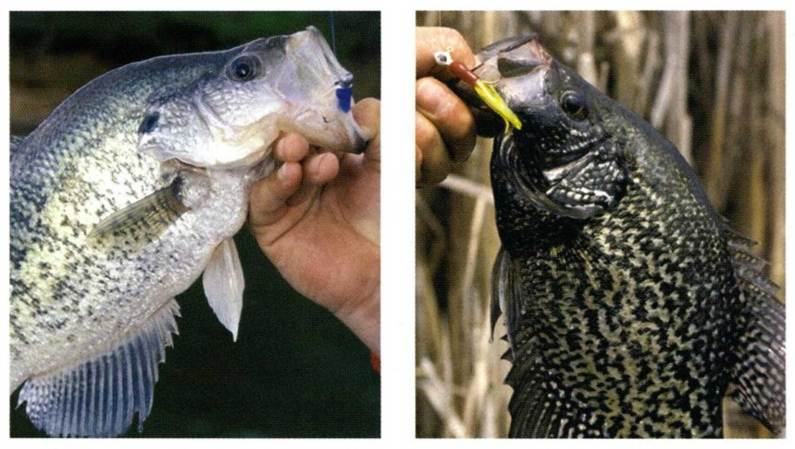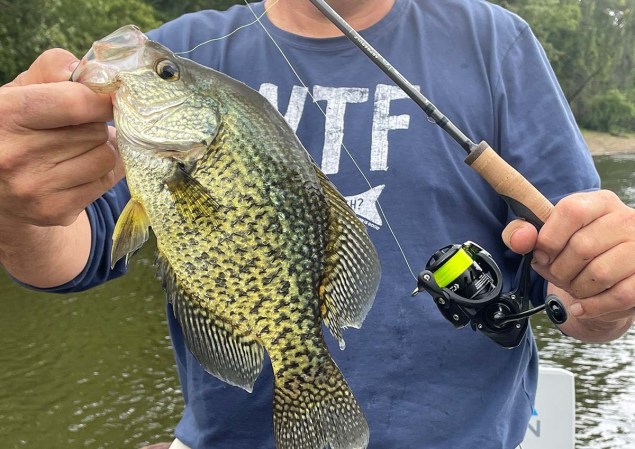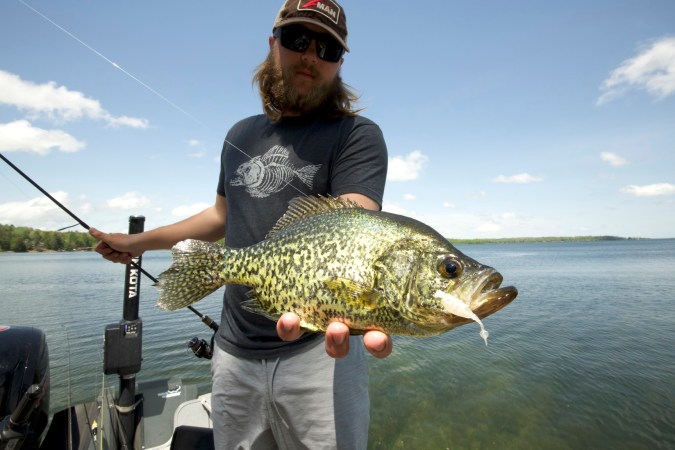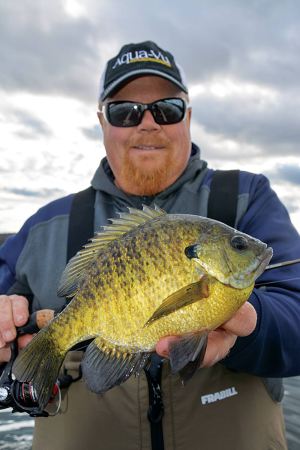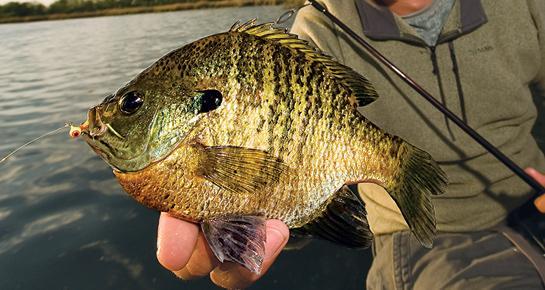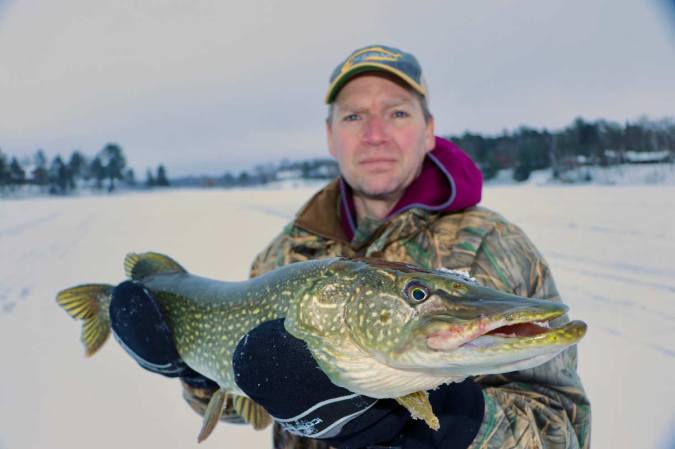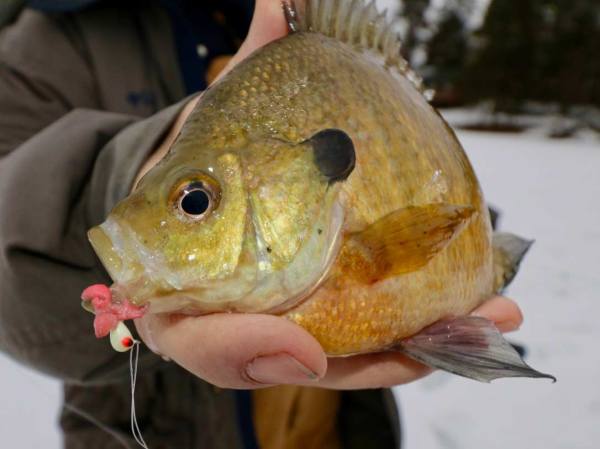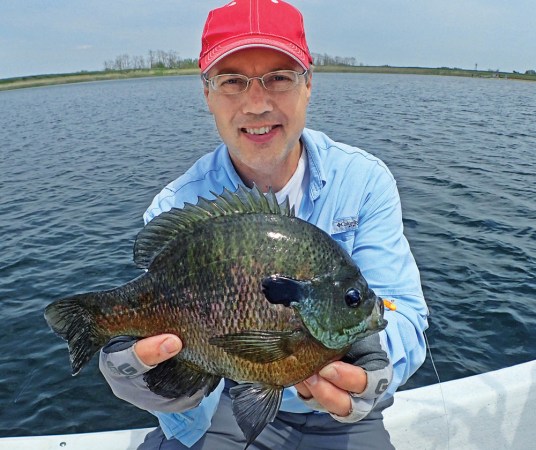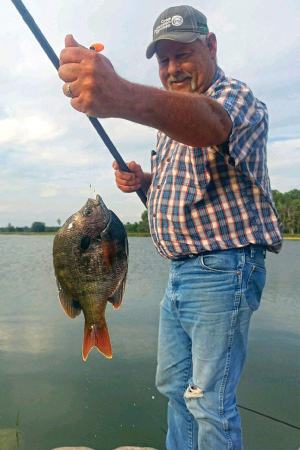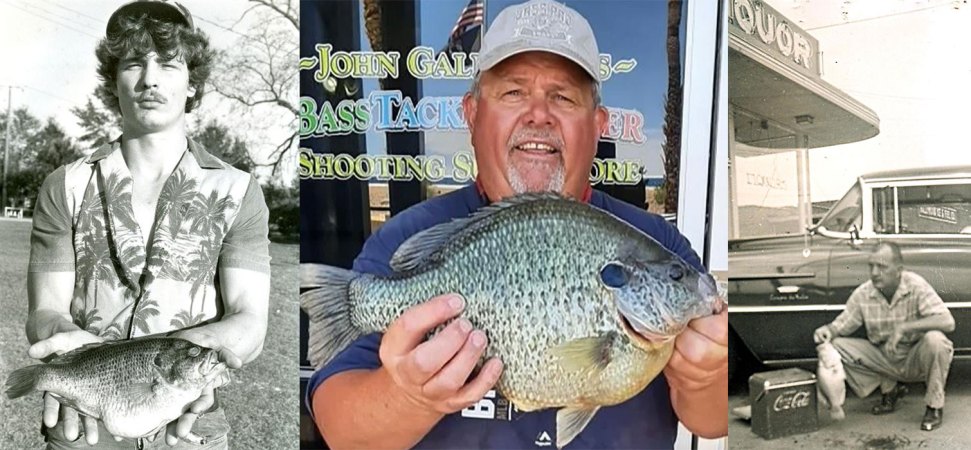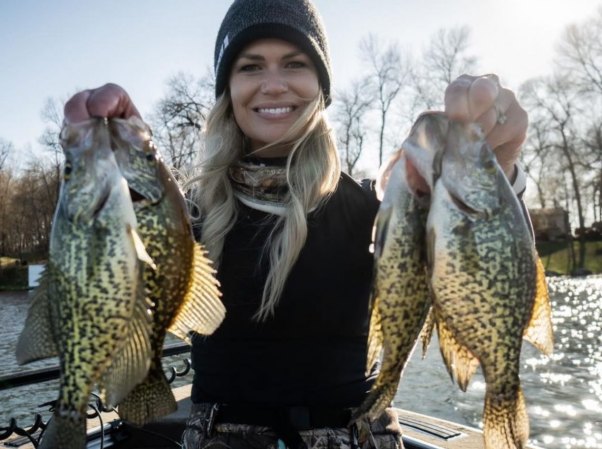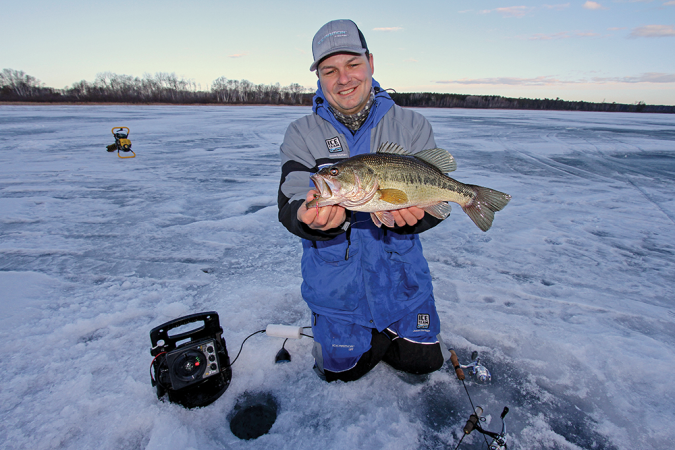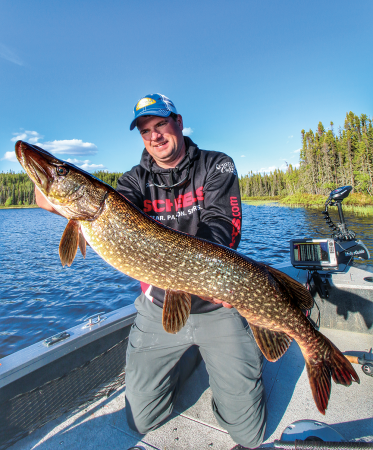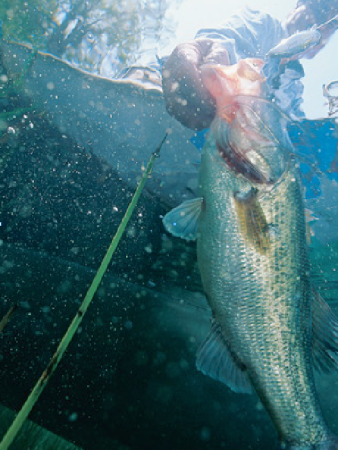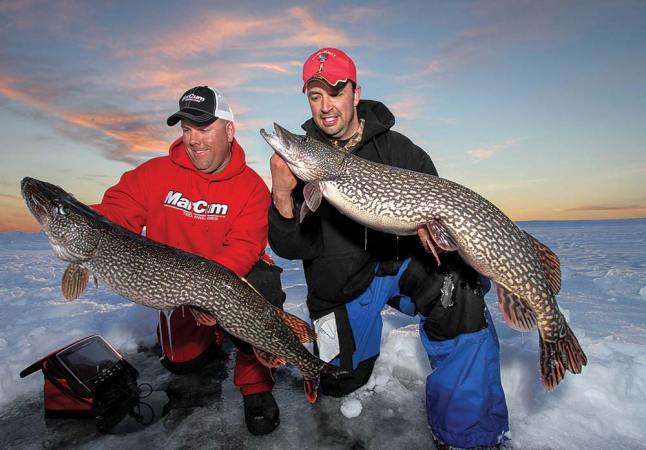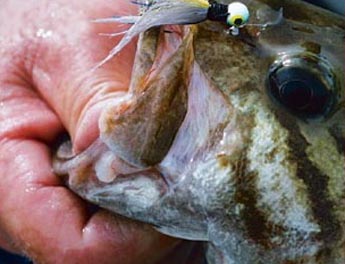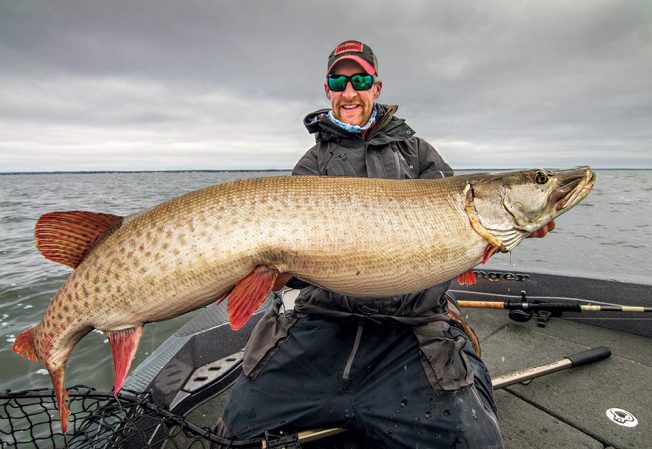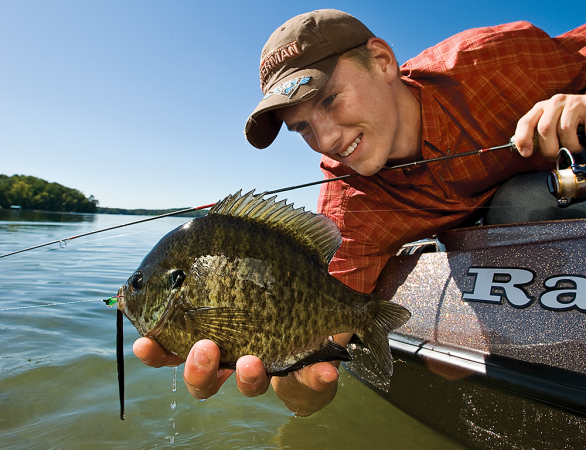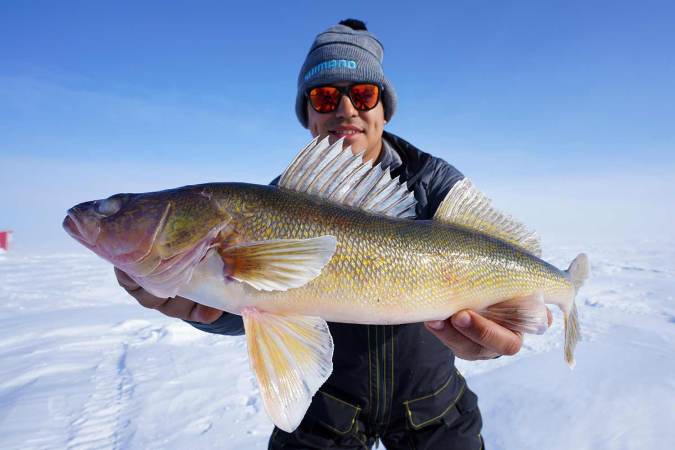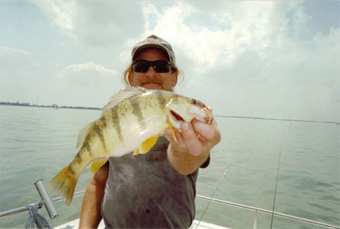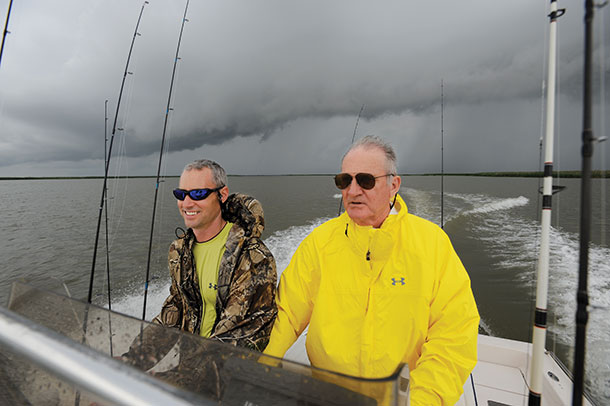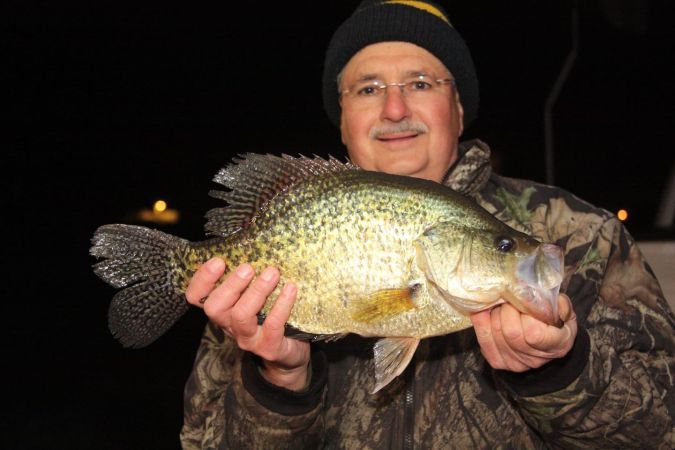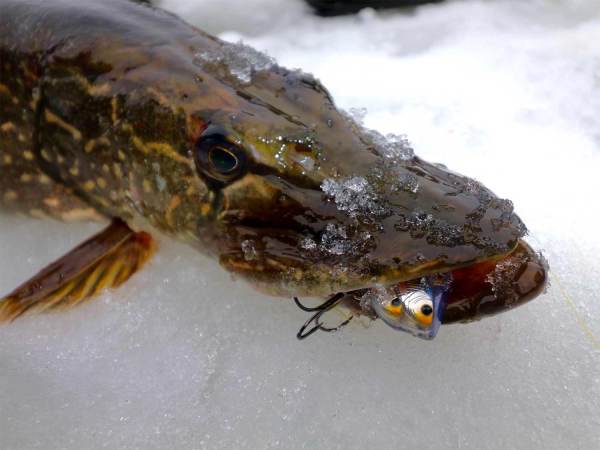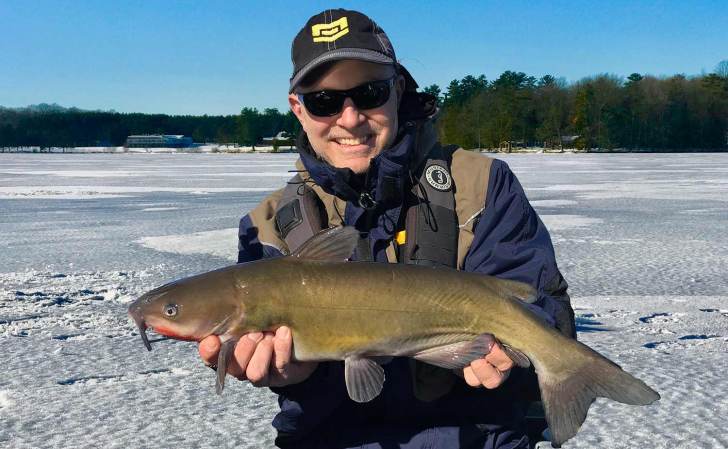Like most predators, crappies feed heavily through fall. The fish bunch into tight groups with the potential for steady action when you find the meat.
Minnesota crappie guru Brian “Bro” Brosdahl enjoys the hunt as much as the bent rod, so he invests a diligent effort into locating and staying with his quarry. Check out Bro’s tips for fall crappie collection.
MAP IT:
Use lake mapping software with contour shading to easily identify the turns and deep inside pockets. Also, pay attention to changes in bottom composition, like mud to hard bottom and you’ll often find crappie on these transitions.
LOOK AT IT:
Monitor down imaging to determine exactly where the fish are holding in the water column. The main school may be sitting in 15 feet, but if you see a cluster holding at 10, you can bet those are the aggressive fish that are actively feeding — or at least looking for food.
SHORTEN IT:
Use a shorter rod so you can fish vertically and stay right over your transducer. Casting 5 feet either way of the school often leaves you with little more than a wet bait. Brosdahl uses a 5-foot ultralight, moderate action St. Croix Panfish Series rod and a matching spinning reel with 10-pound Sunline SX 1 braid and 2-3 feet of 10-pound Sunline Sniper fluorocarbon leader.
JIG IT:
Drop active baits like the Northland Dart Jig or Bro Bling Jig, which deliver plenty of action to show up well on the graph and grab the attention of anyone with a rumble in his belly.
